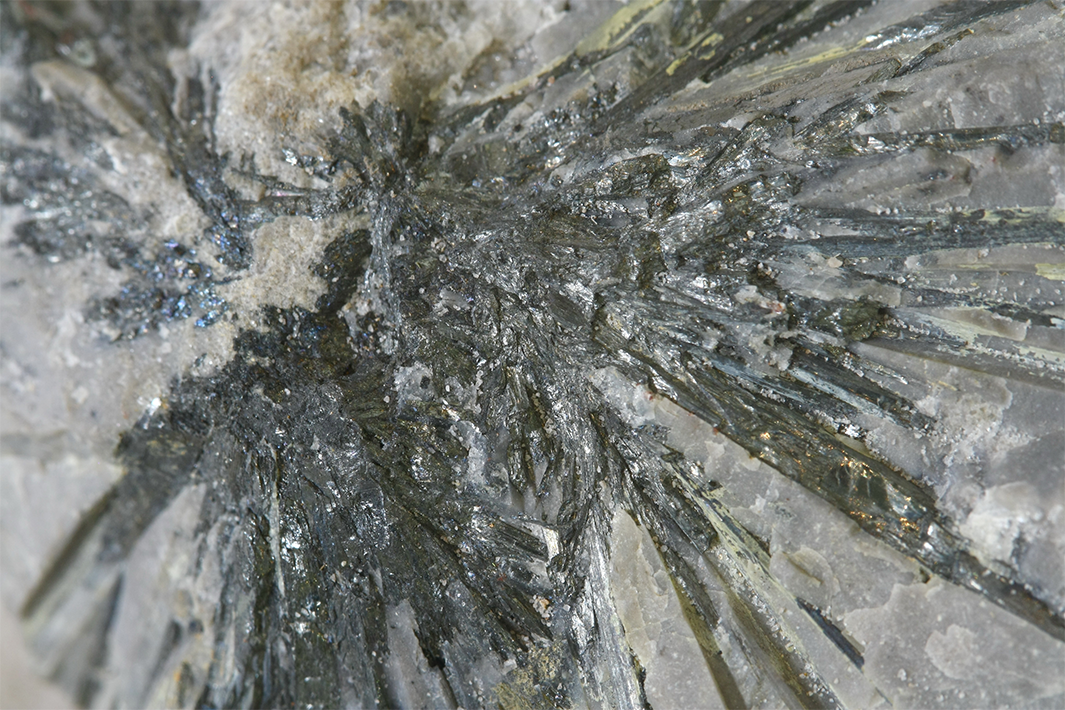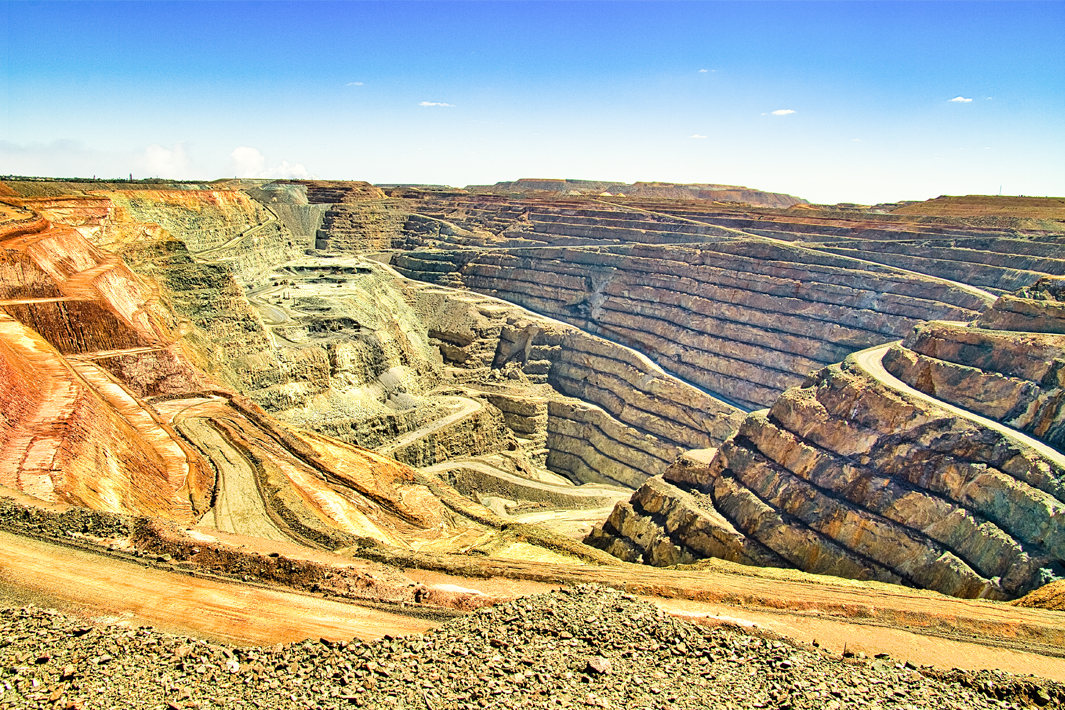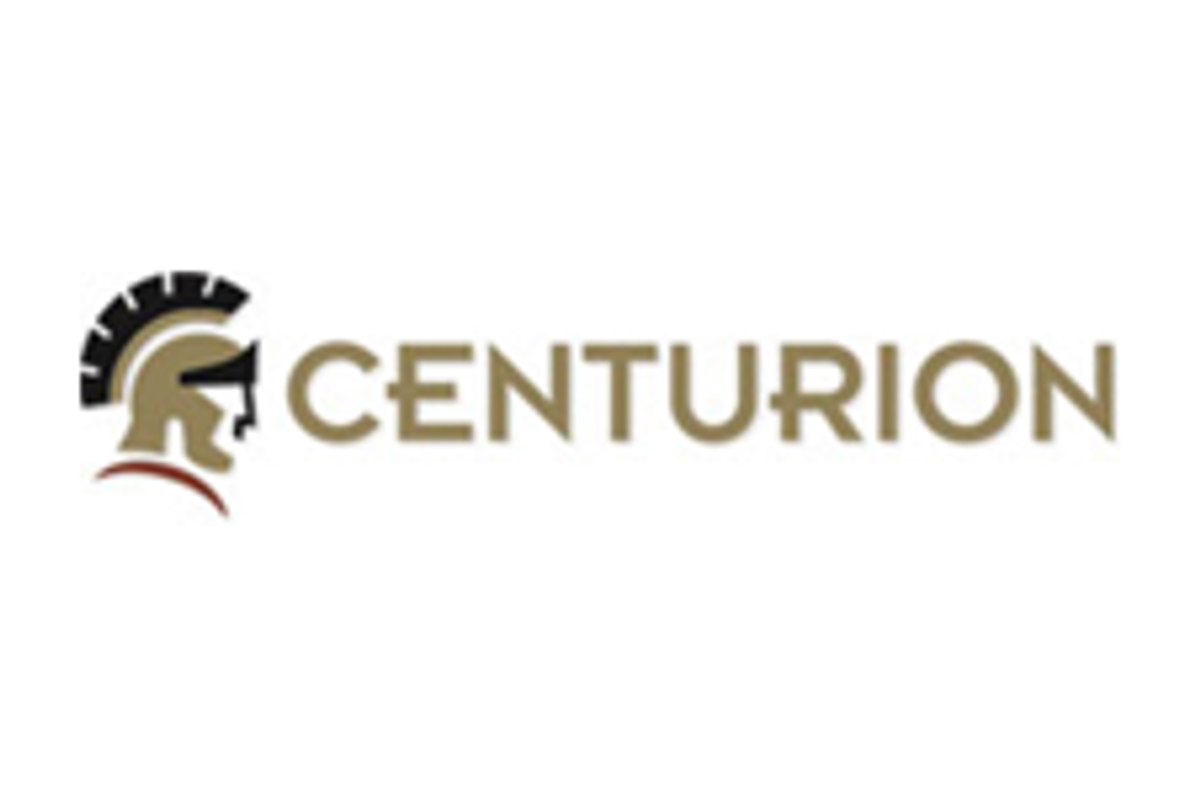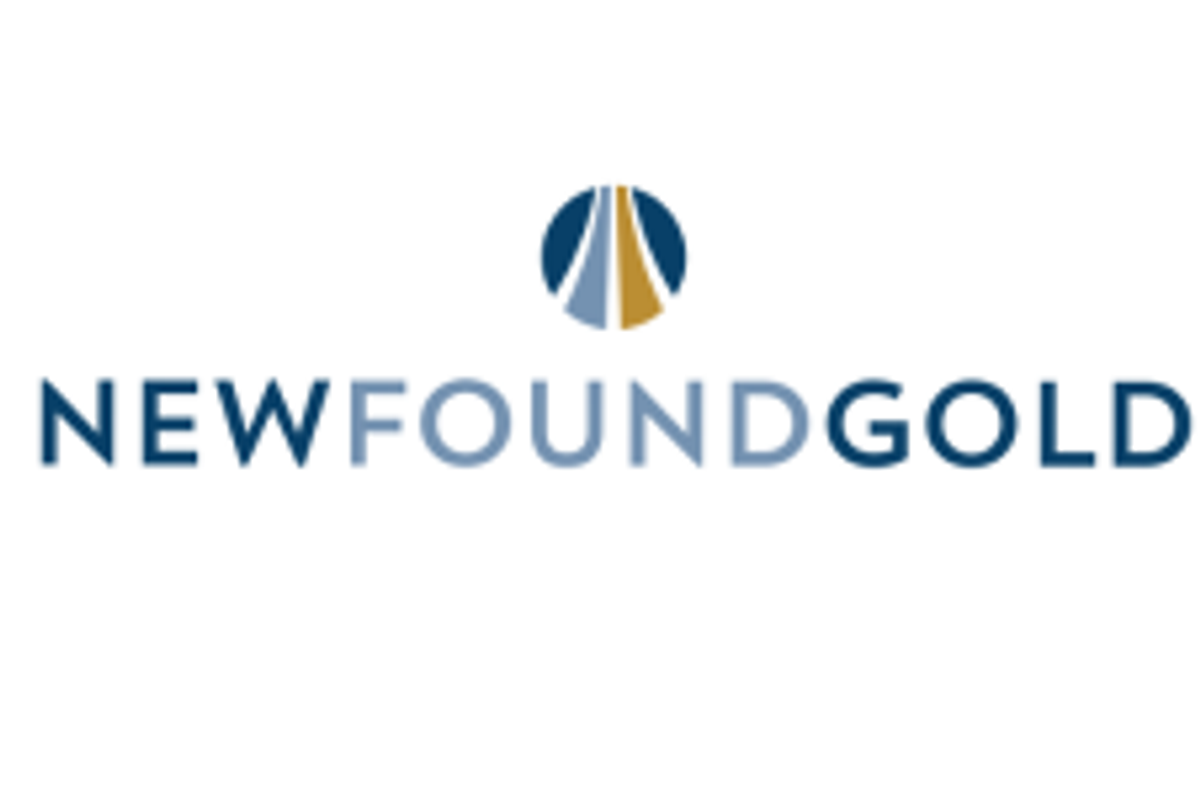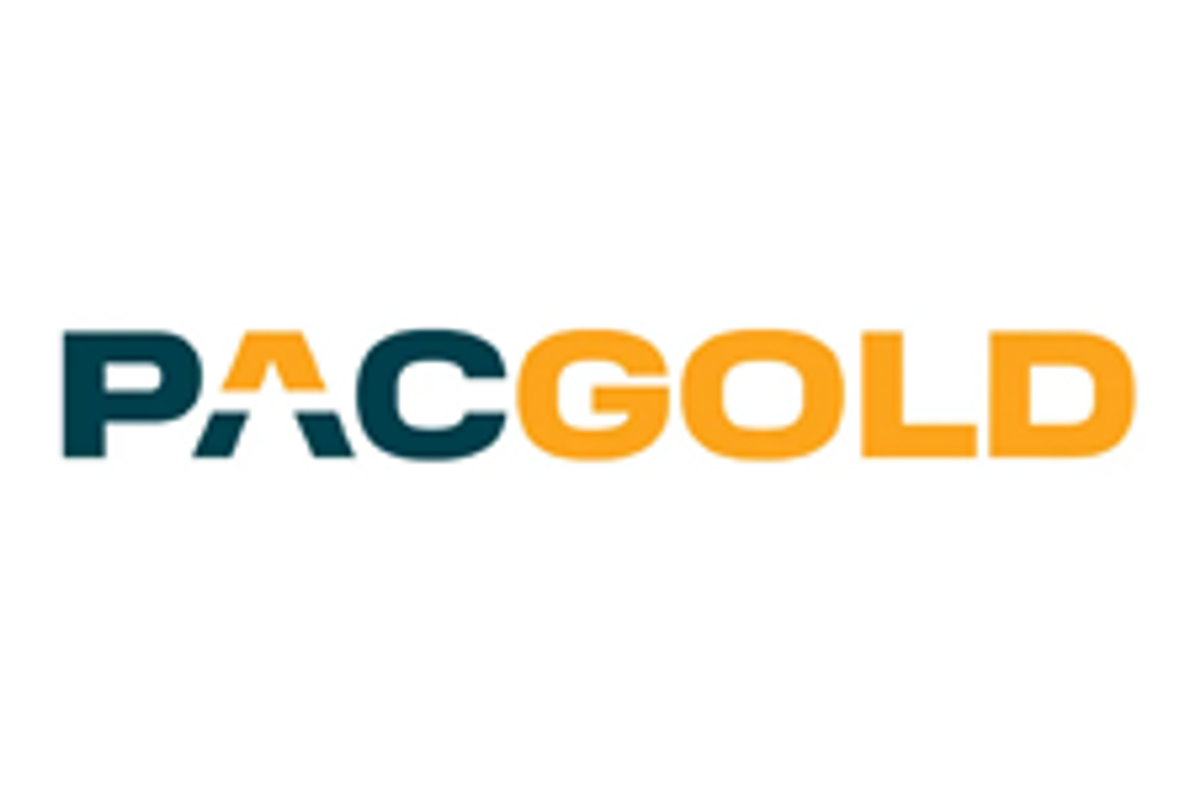
- NORTH AMERICA EDITIONAustraliaNorth AmericaWorld
July 18, 2025
Pacgold (ASX:PGO) is an Australian gold exploration company advancing the high-potential Alice River Gold Project in Northern Queensland. Led by a technically driven and experienced team with proven success across exploration, resource development, and capital markets, Pacgold is applying a systematic, discovery-focused approach to unlock the project’s value.
The company holds a dominant 377 sq km land package, including eight mining leases, along the highly prospective Alice River Fault Zone (ARFZ) — a major structural corridor interpreted to host an intrusion-related gold system analogous to globally significant deposits such as Fort Knox (USA) and Hemi (WA).

The Alice River Gold Project is a large-scale, greenstone-hosted gold system located in Northern Queensland, centered along the regionally significant Alice River Fault Zone (ARFZ). The project covers 377 sq km of contiguous tenure, including eight granted mining leases.
Pacgold controls over 30 km of strike length along the ARFZ — a major crustal-scale structure that has only recently been the focus of systematic exploration using modern techniques, offering significant untapped discovery potential.
Company Highlights
- District-scale Discovery Potential: Pacgold controls more than 377 sq km of tenure and more than 30 km of strike length across the Alice River Fault Zone (ARFZ), a fertile, underexplored structural corridor in Northern Queensland.
- Maiden Resource: In May 2025, the company published a 474,000 oz gold mineral resource estimate (MRE), covering just five percent of the total strike, confirming high-grade mineralization and strong potential for expansion.
- Aggressive Exploration Strategy: More than 10,000 metres of RC drilling campaign is underway, complemented by air-core and diamond programs, aimed at growing the Central Zone resource and testing multiple regional targets.
- Attractive Valuation Entry: With a market capitalization of just ~AU$10 million and an EV of AU$8.5 million (as of Q1 2025), Pacgold provides a low-cost entry into a potentially Tier 1 gold system.
- Experienced Leadership: The board includes proven mine developers and discovery geologists with prior success at Chalice, AngloGold Ashanti, BHP and Sibanye-Stillwater.
This Pacgold profile is part of a paid investor education campaign.*
Click here to connect with Pacgold (ASX:PGO) to receive an Investor Presentation
PGO:AU

Sign up to get your FREE
Pacgold Investor Kit
and hear about exciting investment opportunities.
- Corporate info
- Insights
- Growth strategies
- Upcoming projects
GET YOUR FREE INVESTOR KIT
The Conversation (0)
17 July 2025
Pacgold
Advancing Tier-1 exploration at Alice River in Northern Queensland and leveraging near-term gold production at White Dam in South Australia
Advancing Tier-1 exploration at Alice River in Northern Queensland and leveraging near-term gold production at White Dam in South Australia Keep Reading...
21 December 2025
Maiden Drilling Intersects High Grade Antimony at St George
Pacgold (PGO:AU) has announced Maiden Drilling Intersects High Grade Antimony at St GeorgeDownload the PDF here. Keep Reading...
17 December 2025
Trading Halt
Pacgold (PGO:AU) has announced Trading HaltDownload the PDF here. Keep Reading...
17 December 2025
Approval Received to Restart White Dam Heap Leach Irrigation
Pacgold (PGO:AU) has announced Approval Received to Restart White Dam Heap Leach IrrigationDownload the PDF here. Keep Reading...
15 December 2025
St George Soil Geochemistry Defines 14km Anomaly
Pacgold (PGO:AU) has announced St George Soil Geochemistry Defines 14km AnomalyDownload the PDF here. Keep Reading...
03 December 2025
Pacgold Completes White Dam Gold Project Acquisition
Pacgold (PGO:AU) has announced Pacgold Completes White Dam Gold Project AcquisitionDownload the PDF here. Keep Reading...
31 December 2025
Utah’s Antimony Resource: A Strategic Investment Play in Critical Minerals
Utah may be best known for its copper and gold legacy, but hidden beneath its rugged terrain lies one of the most overlooked critical mineral opportunities in the US: antimony. With global supply heavily concentrated in China and export restrictions tightening, Utah’s underexplored antimony... Keep Reading...
30 December 2025
Hidden Gem: How Intrusion-related Gold Deposits Could Fuel Next-generation Discoveries
With the gold price continuing to hover near all-time highs and major producers scouring the globe for new large-scale deposits, one type of gold system is emerging as a potential game changer. Intrusion-related gold systems (IRGS) have already yielded multimillion-ounce mines, like Kinross... Keep Reading...
30 December 2025
Finding Gold: Exploring New Zealand’s Next Big Discovery
Despite its rich mining legacy, New Zealand remains one of the most underexplored frontiers for gold in the developed world. Now, with advanced exploration tools and a new generation of explorers, the country is emerging as a hotbed of untapped investment opportunity.Modern exploration... Keep Reading...
Latest News

Sign up to get your FREE
Pacgold Investor Kit
and hear about exciting investment opportunities.
- Corporate info
- Insights
- Growth strategies
- Upcoming projects
GET YOUR FREE INVESTOR KIT
Interactive Chart
Latest Press Releases
Westport Announces Board of Directors Update
02 January
Related News
TOP STOCKS
American Battery4.030.24
Aion Therapeutic0.10-0.01
Cybin Corp2.140.00

